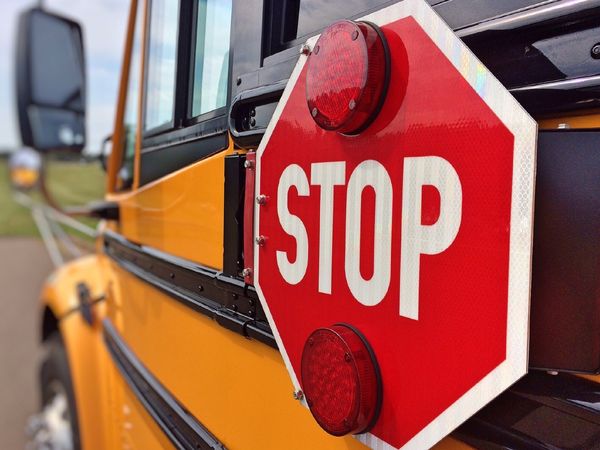
For years, 94% to 95% of incoming kindergarteners were vaccinated against measles, tetanus and certain other diseases. But, the U.S. has begun to see a drop, with rates falling below 94% in the 2020-2021 and to about 93% in the 2021-2022 school year, according to a new U.S. government report.
Officials at the Centers for Disease Control and Prevention cite a combination of factors: pandemic disruptions in routine health care appointments, taxed school administrators and less confidence in vaccines.
Health officials focus on kindergarten because it’s when most children enter school systems. Public schools typically require vaccinations as a condition of attendance, though some exemptions are allowed.
Find AP's story here. Some resources for localizing it:
DATA AND BACKGROUND:
The new CDC report can be found here: https://www.cdc.gov/mmwr/volumes/72/wr/mm7202a2.htm?s_cid=mm7202a2_w
It includes a table of statewide vaccination rates for the 2021-2022 school year that can be found here: https://www.cdc.gov/mmwr/volumes/72/wr/mm7202a2.htm?s_cid=mm7202a2_w#T1_down
The CDC’s main public-facing page for school vaccination data is called SchoolVaxView. It contains information and resources for the media and parents. IMPORTANT: As of Thursday afternoon, the data pages and charts had yet to be updated with data on the 2021-2022 school year. It can be seen here: https://www.cdc.gov/vaccines/imz-managers/coverage/schoolvaxview/index.html
School vaccine mandates vary state to state — and possibly even within states. Your state health department likely has a web page outlining the requirements in your area. It also likely explains exemptions. The National Conference of State Legislatures has details on how state vaccine mandates differ: https://www.ncsl.org/health/states-with-religious-and-philosophical-exemptions-from-school-immunization-requirements
REPORTING AVENUES:
Local and state health departments are on the front lines of all communicable diseases and likely have resources to help you tell this story in your community. Local and county health departments may have their own statistics to help you compare your community with state and national figures. Representatives can also talk about the outreach and education they do on childhood vaccines.
Pediatricians and pediatric nurses have the most contact with parents about vaccinations. They may be able to talk about what questions parents have; whether they are noticing more vaccine resistance among parents; and how they try to persuade reluctant parents to change their minds.
Many communities have local parent groups that gather on social media. These groups may be a good avenue of finding real parents to talk about these issues.







